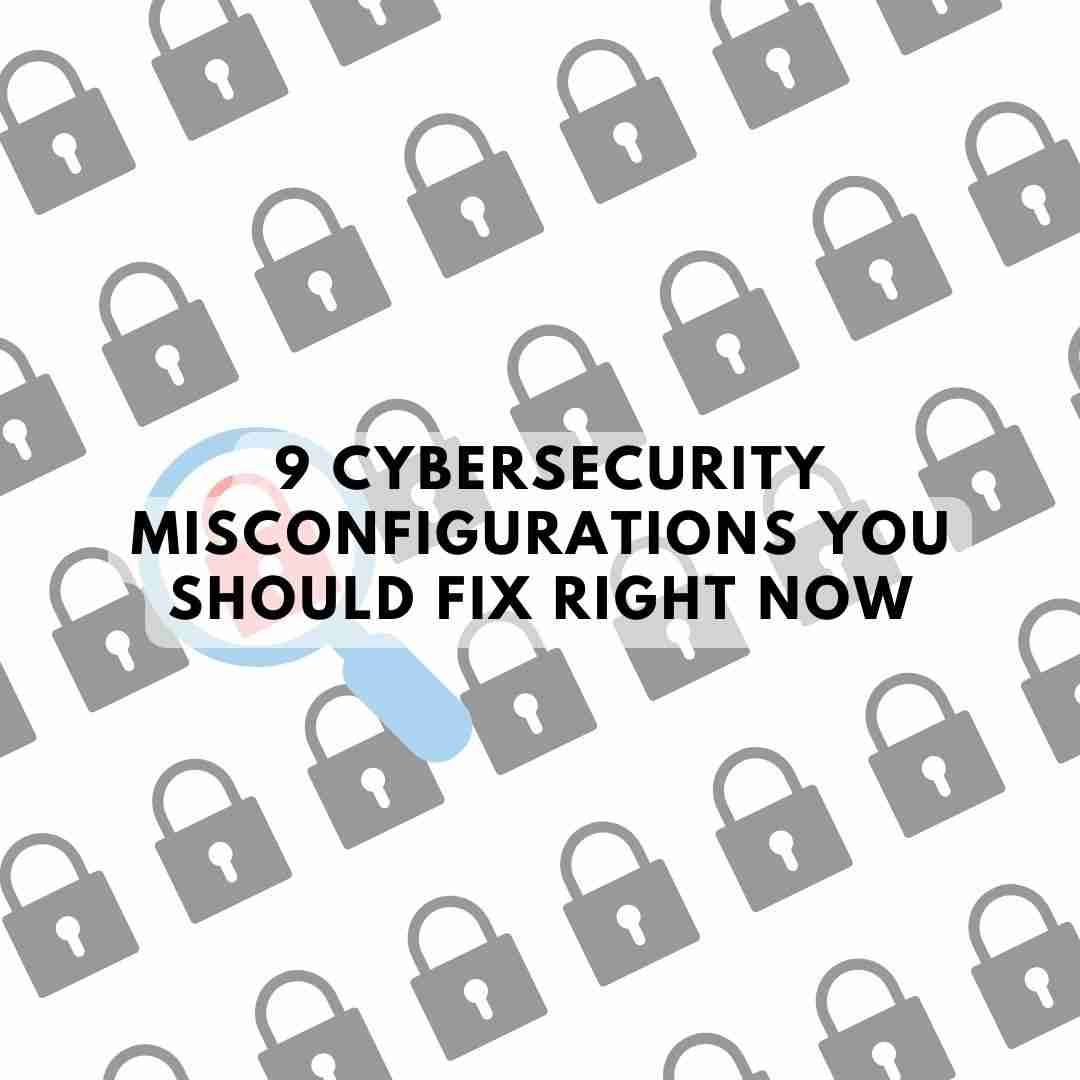Cloud Security
Cloud security is the practice of protecting data, applications, and infrastructure from cyberattacks and unauthorized access in the cloud. Cloud security requires a shared responsibility model between the cloud service provider and the customer, as well as the implementation of security controls, policies, and best practices. Cloud security can help organizations achieve compliance, scalability, and cost-efficiency in their cloud operations.
Cloud security is the practice of protecting data, applications, and infrastructure from cyberattacks and unauthorized access in the cloud. Cloud security is essential for any organization that uses cloud services, as it helps to ensure the confidentiality, integrity, and availability of their resources and data.
Cloud security involves implementing various controls and measures to safeguard the cloud environment, such as encryption, firewalls, identity and access management, backup and recovery, monitoring and auditing, and compliance. Cloud security also requires a shared responsibility model between the cloud provider and the cloud user, where each party is accountable for securing their own part of the cloud.
Some of the benefits of cloud security are:
- Reduced costs: Cloud security can help to lower the costs of maintaining and upgrading on-premises infrastructure, as well as reducing the risk of data breaches and fines.
- Scalability: Cloud security can adapt to the changing needs and demands of the organization, as well as the evolving threat landscape.
- Flexibility: Cloud security can support different types of cloud deployments, such as public, private, hybrid, or multi-cloud, and offer various options for security settings and configurations.
- Innovation: Cloud security can enable faster and easier deployment of new applications and services, as well as facilitate collaboration and innovation across teams and departments.
Cloud security is not only a technical issue but also a strategic one. Organizations need to have a clear vision and plan for their cloud security goals, challenges, and best practices. They also need to educate and train their employees on cloud security awareness and skills. By doing so, they can leverage the benefits of cloud computing while minimizing the risks.
Share This Post
Related Articles
Cyber Security Services in Raipur, Chhattisgarh
If you are looking for reliable and affordable cyber security services in Raipur, Chhattisgarh, you have come to the right place. We are a team of experienced and certified cybersecurity professionals who can help you protect your business from cyber threats. Whether you need a vulnerability assessment, penetration testing, network security, web security, or any other cyber security service, we can provide it for you. We use the latest tools and techniques to ensure that your systems are secure and compliant. get a free quote and a customized solution for your cyber security needs.
9 Cybersecurity Misconfigurations You Should Fix Right Now
In today's digital age, safeguarding your digital assets is more critical than ever. Uncover the pressing cybersecurity misconfigurations that might be putting your systems at risk. This guide doesn't just highlight the issues; it equips you with practical solutions to fortify your defenses against potential threats. Stay ahead in the constantly evolving landscape of cyber threats.
What's the Difference Between Cyber Security and Information Security?
Explore the intriguing realm of digital guardians! Discover the key disparities between cyber security and information security in this insightful article.
What is Social Engineering in Cyber Security?
Social engineering is a form of cyberattack that exploits human psychology and behavior to manipulate, deceive, or coerce people into revealing sensitive information or taking actions that compromise their security. Social engineering techniques can include phishing, baiting, pretexting, quid pro quo, and tailgating, among others. Social engineering attacks can target individuals, organizations, or even entire societies, and can have serious consequences such as identity theft, financial loss, data breach, or physical harm.
Unlock Your Hacking Potential: The Ultimate List of Best Books for Ethical Hackers!
Explore the ultimate guide to unlocking your hacking potential with the best books for ethical hackers! From basics to advanced techniques, these books have got you covered.
Related FAQ
No related FAQ.
Say Hello
To Your Dream





